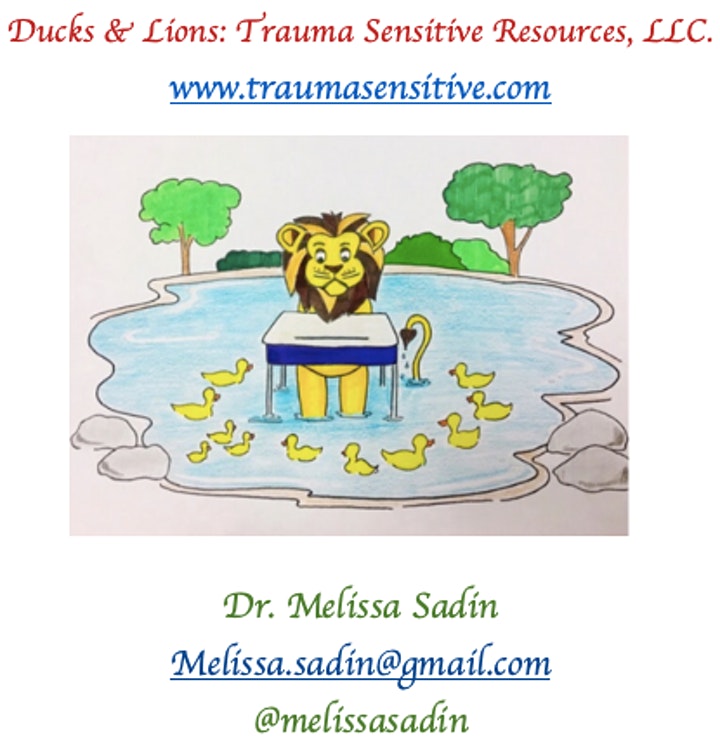
Children who have trouble losing or being ‘good sports’ are often inflexible and hyper-focused on winning at all costs. They may lack an inner dialogue for how to comfort themselves when they are not winning. They may get so upset by losing that their brains are not in a state for learning or talking through the upset. These children often have difficulties with executive functions and may have diagnosed learning differences, ADHD, ASD, or challenging behavior. What is a parent to do?!
Here are 10 tips I recommend and use to help children overcome difficulty losing, become good sports, and think more flexibly.
1. Less is more! Keep it low tech and uncomplicated. Use simple games that children are familiar with. However, avoid games that might be a special interest of your child’s or difficult for him or her to change how they currently play. Some of my favorite games to use for this purpose are: Candyland, Chutes and Ladders, and Uno. Do not hesitate to use games with suggested ages that are below your child’s age.
2. Reduce competition through the use of teams. Use one game piece and take turns with your child moving that game piece. This way, you share in success and divide disappointment. As your child is able, add a second team consisting of another adult and child (or a sibling who has mastered losing and good sportsmanship!).
3. Control the pace of games. Hold the stack of cards, manage the dice, or keep the spinner in your possession to slow the pace of games. Slowing the pace of games allows the adult time to prepare the child for what may happen, process or reframe what has happened, and talk through any disappointment before moving on. Doing so allows for focus on your objectives and for frustration to be diffused before it builds and explodes.
4. Make use of ‘spotlighting’ and hesitation. With the pace of the game in your control, use exaggerated facial expressions to indicate excitement, worry, and/or disappointment before and after drawing a card, rolling the dice, or spinning the spinner. Sharing these emotions with your child will help you join with him or her to handle any disappointment. Sharing emotions also provides an opportunity for building relationships.
5. Model emotional regulation and coping. Adults often tend to draw attention to problems in daily life, but we rarely model our inner dialogue for children to learn how we cope and stay regulated. For example, after sharing in the disappointment of moving backwards (Oh no!) be intentional about verbalizing a helpful thought such as, Maybe we’ll have better luck next time. If playing with another team, model the sportsmanship you wish to see in your child.
6. Pause and return when needed. To develop task monitoring, task completion, and attentional skills, complete games that you start. If your child has a short attention span, play for a set number of times or turns before leaving for something more active or less stressful. If your child becomes upset and emotionally dysregulated, allow him or her to get regulated, and then return to finish the game. Even if he or she is no longer willing or able to participate, continue the game (and ramp up the fun!) while he or she watches from nearby.
7. Assign specific roles when needed. If you have other children (or adults!) who take over or compensate for your child, assign each a specific role to allow everyone to have their turn and an opportunity to learn. For example, if two children are on your team, give each a specific role to allow them each to participate to their fullest. Often, assigning a physical place for each child will be necessary. Playfully and excitedly remind them of their roles to keep them having fun and learning.
8. Change the rules to teach flexibility. Before beginning play, make simple rule variations that add to the game in new ways. For example, try playing where rolling a 5 means you move backwards 5 spaces or spinning a green means spin again! Rule changes teach children flexibility and allow them to better respond to ‘house rules’ that they may encounter with peers. Children who struggle to creatively generate rule changes often benefit from ideas written on index cards. If they still cannot decide, try drawing a card at random.
9. Change the objective for more fun and flexibility! For even more flexibility and fun, try changing the objective! For example, play the board game backwards, or decide that the last (or second) person to cross the finish line wins. Make sure objective changes are decided upon before the game starts. For some, writing down the rule or objective changes may be necessary!
10. Remember the ‘hidden’ game in every game. Teach your child that when they play a game, there are actually two games being played at one time. There is the game being played, and there is the Game of Sportsmanship. The winner of the game may not be the winner of sportsmanship, and the loser of the game may be the winner of sportsmanship. To promote sportsmanship in winning and losing, place more emphasis on winning the Game of Sportsmanship than winning the game.
Children who have trouble losing or being ‘good sports’ may have difficulty adapting to changes in playing board games. In these cases, allow them to watch while you play with someone else on your team. Once your child joins, remember, even if the game does not go as planned, the information gained can help make the next try more successful than the first. Happy gaming!

